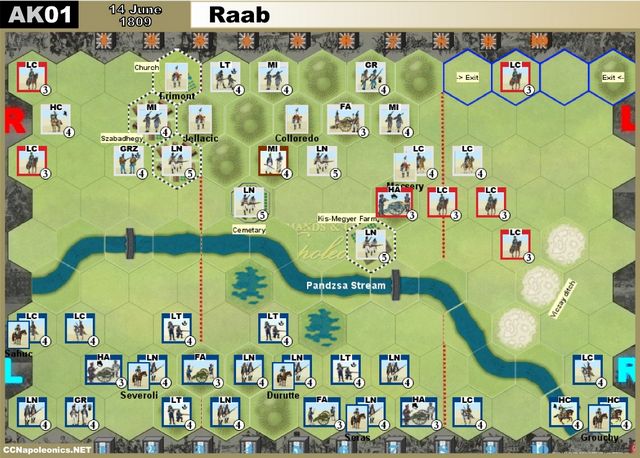Raab - 14 June 1809
Historical Background
Dispite direct orders that John received from Archduke Charles to march his forces through Pressburg in order to join the main army of Austria as soon as possible, he defered to act accordingly. Severely underestimating the strenght of French forces following up his army, John was seeking a battle instead. On 13 June after the arrival of the Hungarian Insurrection under the command of Archduke Joseph, Palatine of Hungary, the 35.000 strong Austrian army took up position next to the hamlet of Szabadhegy near the city of Raab (Győr) preparing to attack the next day.
On the next morning Viceroy Eugéne outpaced his opponent again deploying his 40.000 Franco-Italians for battle. He ordered Grenier's VI. and d'Hilliers's XII. Corps to engage the center while Grouchy, under the cover of artillery, were moving towards the extreme right to outflank the Austrian lines. The Austrian infantry repulsed three attacks in the middle but John did not allow them to pursue the retreating French who in return were able to recover and renew their assault. Under constant pressure the raw troops of landwehr started to waver. In the same time General Mecséry commanding the cavalry on the Austrian left finally realised the threat of Grouchy's manoeuvre.
He ordered the Insurrectio’s cavalry which had endured heavy artillery fire for more than two hours by that time to engage. The valiant but ill-coordinated advance collapsed when Grouchy’s dragoons countercharged the squadrons crossing the Viczay ditch. His left wing in flight and the center faltering John gave up and ordered a retreat. Failing to receive this message Major Hummel and his battalion in the Kis-Megyer Manor made a heroic last stand behind the walls.
In order to veil his incompetency John blamed the poor performance of the Hungarian Insurrectio in his reports later on.
The defeat near Raab hindered John providing any significant support for Charles at Wagram...
The stage is set. The battle lines are drawn and you are in command. Can you change history?
|
|
Set-Up Order
|
Battle Notes
Austrian Army
Archduke John of Austria and Archduke Joseph, Palatine of Hungary
5 (4) Command Cards* - see Special Rules below
2 Tactics Cards (Optional)![]()
![]()
![]()
![]()
![]()
 |
 |
 |
 |
 |
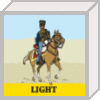 |
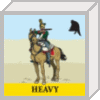 |
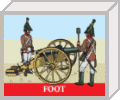 |
 |
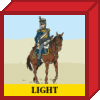 |
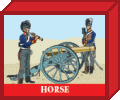 |
|
| 4 | 1 | 1 | 1 | 3 | 2 | 1 | 1 | 4 | 1 | 6 | 1 |
French Army
Prince Eugène, Grenier and d'Hilliers
5 Command Cards
3 Tactics Cards (Optional)
Move first
![]()
![]()
![]()
![]()
![]()
![]()
 |
 |
 |
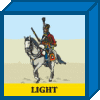 |
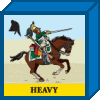 |
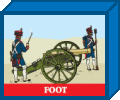 |
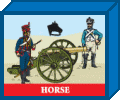 |
|
| 7 | 4 | 1 | 4 | 2 | 2 | 2 | 4 |
Victory
10 Banners
- The two town hexes and the Church hex of Szabadhegy form a Temporary Majority Victory Banner Objective worth 1 Victory Banner (Temporary Majority Victory Banner)
- The Kis-Megyer farm is a Walled Farm and a Temporary Victory Banner Objective for both sides, worth 1 VB (Temporary Victory Banner)
- Any ordered French unit (regardless of strength) that exits the battlefield from the hexes marked with blue in the Austrian Left Flank section will count as a Victory Banner each.
Special Rules
- The Viczay ditch is represented by 3 tiles of Sand Quarry. Players will need two extra pieces in order to be able to set up the map !
- To illustrate the irresolute leadership of Archduke John during the battle, the Austrian player starts with 5 Command Cards in hand but does not draw a new one at the end of the first turn !
- The troops of the Hungarian Insurrectio are using blocks from the British and Portuguese set. Also the same stats apply.
- Pándzsa stream is fordable for infantry only !

